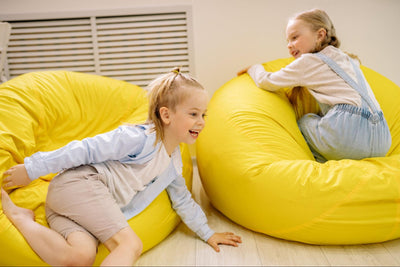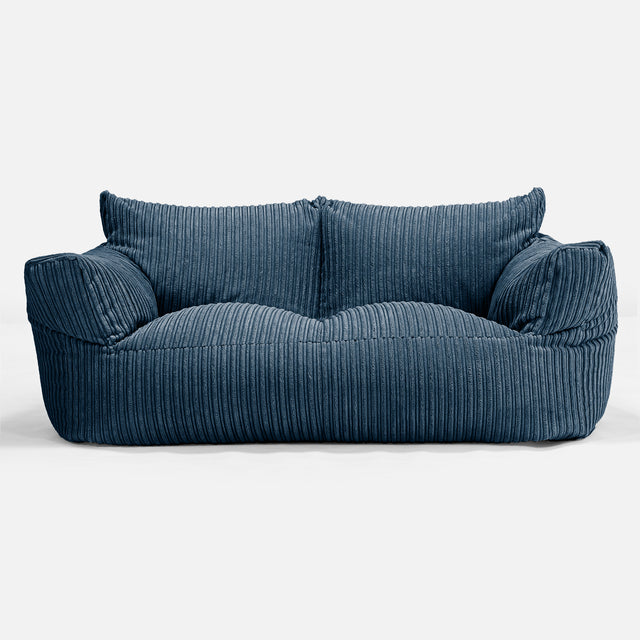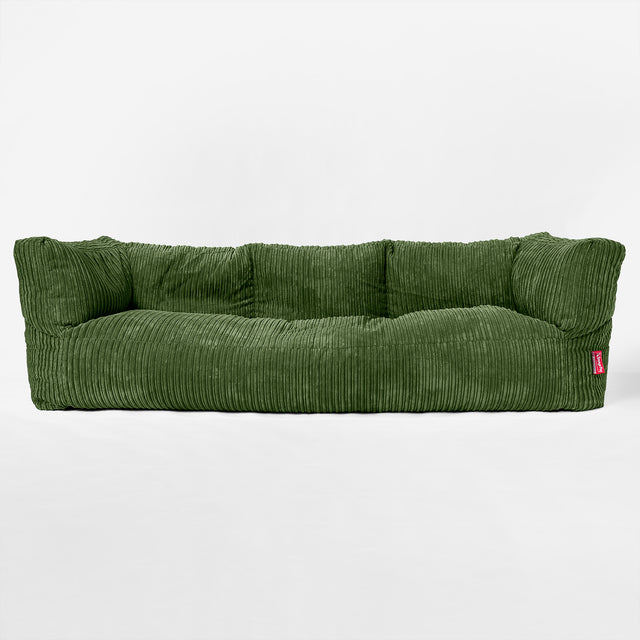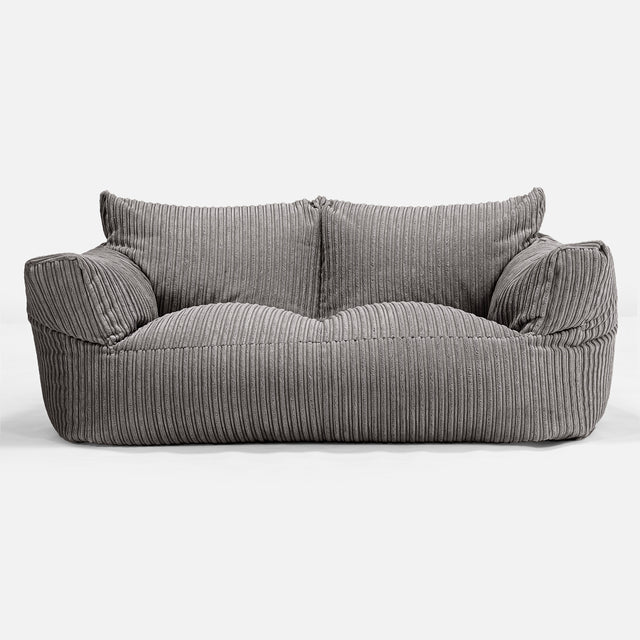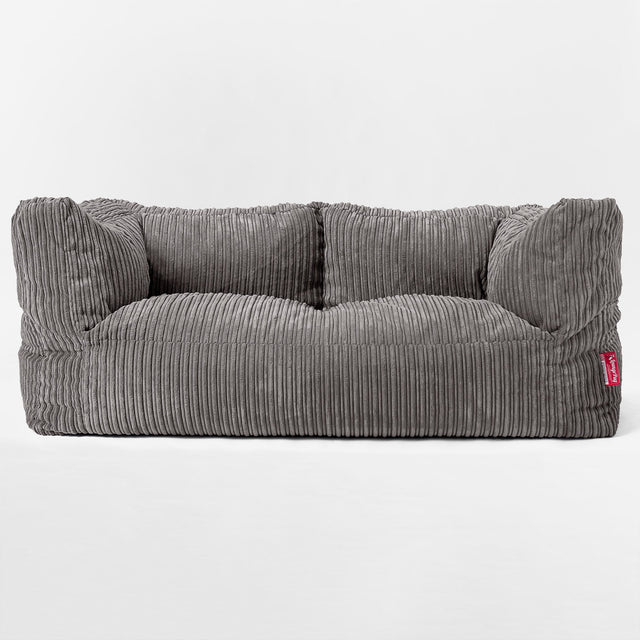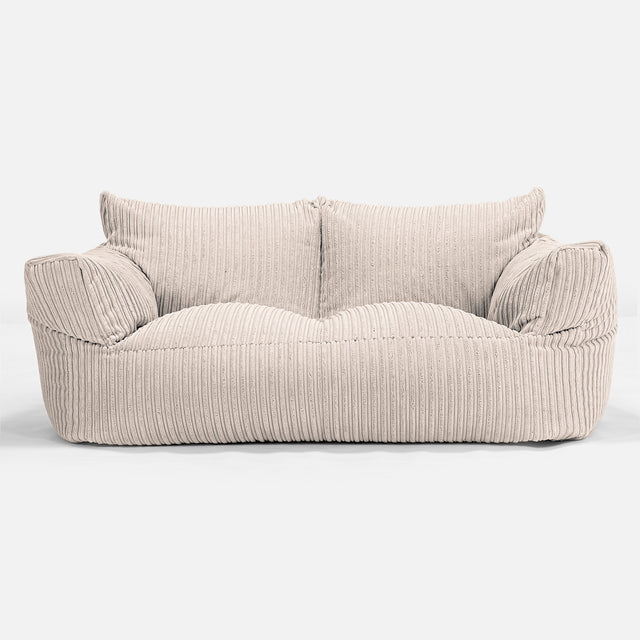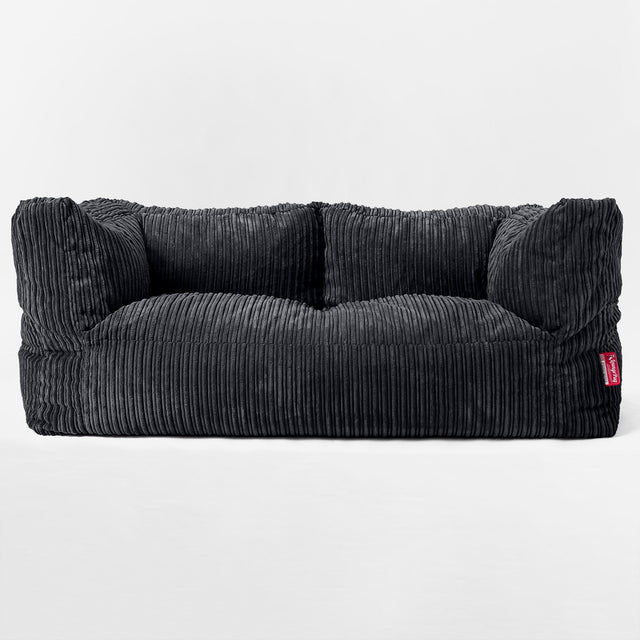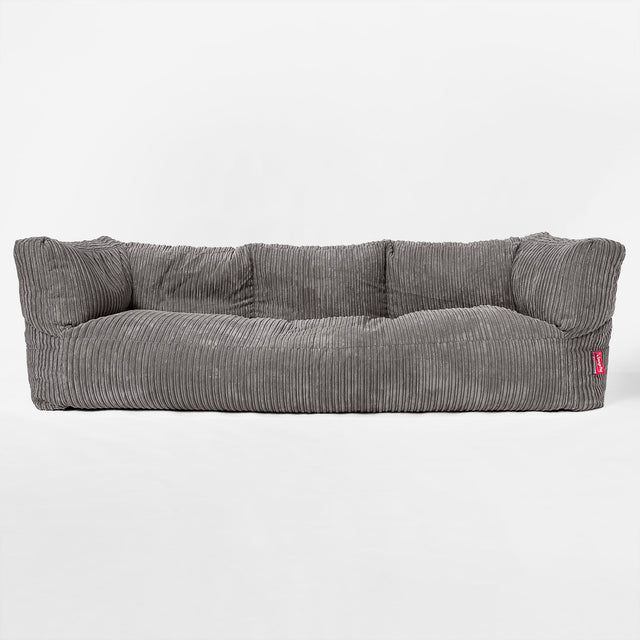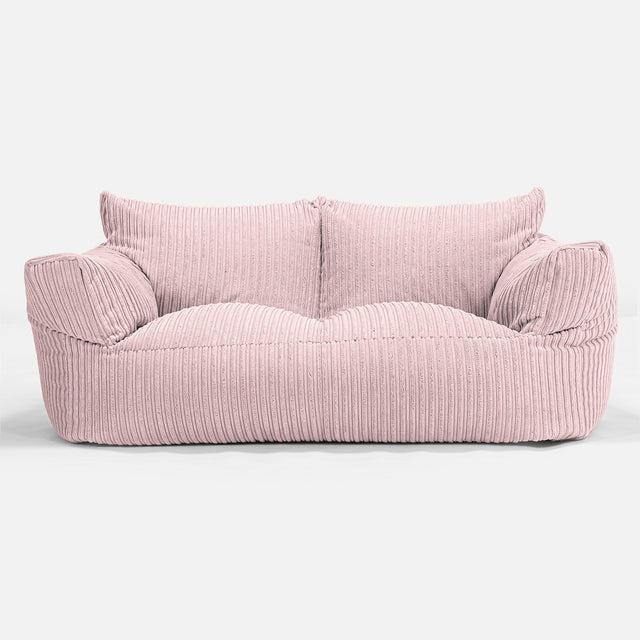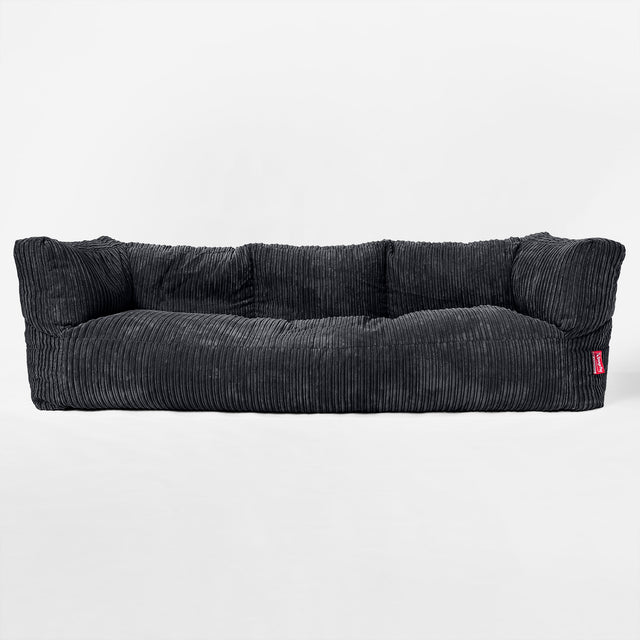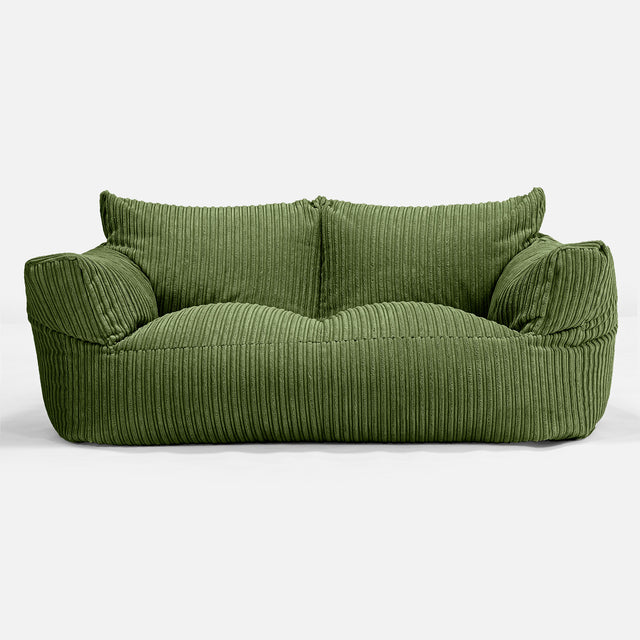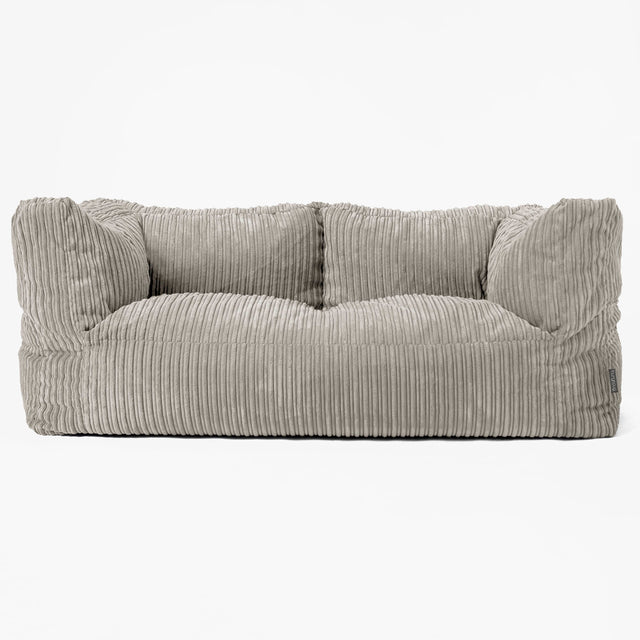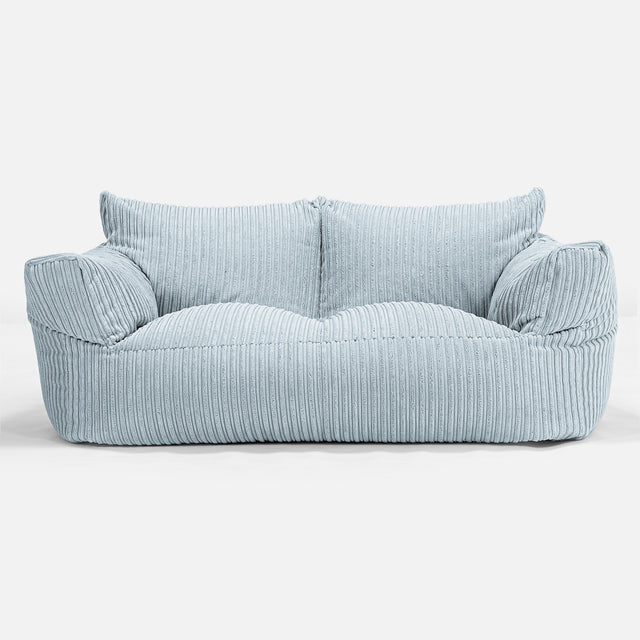Products
Frequent Searches
- Giant Bean Bags
- Highback bean bags
- Sofa Bean Bags
- Outdoor Bean Bags
- Giant Bean Bags
- Sofa Bean Bags
- Memory Foam Beanbags
- Bean Bag Chairs
- Gaming Chair Beanbags
- Adult Beanbags
- Kids' Bean Bags
- Pouffes & Footstools
- Bean Bag Top Up Fillings
- Cord Bean Bags
- Pom Pom Beanbags
- Fluffy Faux Fur
- Leather Bean Bags
- Velvet Beanbags
- Stretchy Cotton Bean Bags
- Chunky Cotton Knitted Beanbags
- All Grey & Black Beanbags
- All Neutral Shades of Beanbags
-
Adult Bean Bags
- Adult Bean Bags
-
Bean Bag Chairs
- Bean Bag Chairs
- Highback Bean Bags From £59.90
- Classic Bean Bags From £69.90
- Josephine ArmchairBean Bags From £99.90
- Sloucher Bean Bag Chair From £119.90
- XL Pillow Beanbags From £99.90
- XXL Original Bean Bags From £99.90
- Lounger Beanbags From £129.90
- Ultra Lux Gaming Bean Bag Chair From £109.90
- Eva Lounger Bean Bag From £99.90
- Scandi Lounger Bean Bag From £89.90
- Natalia Sacco Bean Bag Chair From £179.90
- Archi Bean Bag Chairs From £89.90
- Cuddle Up Beanbag Chair From £129.90
- Charles Vintish Bean Bag From £149.90
- Albert ArmchairBean Bags From £149.90
- Bubble ChairBean Bags From £99.90
- Ultimate Classic Gaming Bean Bag Chair
-
2 in 1 Folding
Sun Lounger Bean Bags From £79.90 - Teardrop Bean Bag From £89.90
-
Sofa Bean Bags
- Sofa Bean Bags
- The Albert Sofa Bean Bags From £199.90
- Bubble Sofa Bean Bags From £199.90
- Josephine Sofa Bean Bag From £199.90
- Sloucher Bean Bag Sofa From £179.90
- Mega Mammoth Bean Bags From £249.90
- Chloe Bean Bag Sofa From £159.90
- Sabine Bean Bag Sofa From £129.90
- Ruben Bean Bag Sofa From £219.90
- Mammoth Bean Bag Sofa From £159.90
- Hammock Bean Bag Sofas From £229.90
- Double Day Bed Bean Bags From £239.90
- Outdoor Sofa Bean Bags From £189.90
Trending -
Kids Bean Bags
- Kids Bean Bags
-
Suitable for Toddlers & Young Children
- Suitable for Toddlers & Young Children
- Children's Armchair Bean Bags From £39.90
- Classic Kids Bean Bag Chairs From £49.90
- Bubble Kids Sofa Bean Bag From £99.90
- Albert Kids Sofa Bean Bag From £109.90
- Josephine Children's Sofa Bean Bag From £99.90
- CloudSac Oversized Kids Bean Bag From £79.90
- Pod Kids Beanbag From £49.90
- Pillow Children's Beanbag From £44.90
- Highback ToddlersBean Bag Chair From £49.90
- Sloucher Child's Bean Bag From £49.90
- Charles Vintish Children's Bean Bag From £69.90
- Outdoor Kids Bean Bags From £39.90
- Albert Children's Bean Bag Armchair From £79.90
- Bubble Kids Bean Bag Chair From £49.90
-
Suitable for Teens & Kids of All Ages
- Suitable for Teens & Kids of All Ages
- Kids Junior Beanbags From £89.90
- Teens Bean Bag Armchair From £99.90
- Children's Gaming Bean Bag Chair From £59.90
- Ultra Comfy Super Sized Kids Bean Bag From £159.90
- Children's SofaBean Bag From £149.90
- Kids Giant Albert Sofa Bean Bag From £199.90
- Kids Giant Bubble Sofa Bean Bag From £199.90
- Huge Family Sized Kids Bean Bag From £249.90
- Kids Giant Snuggle Bean Bag From £89.90
-
All Bean Bags
- All Bean Bags
-
Shop By Category
- New Products
- Bean Bags
- Lounge Pug Bean Bags
- Adult Beanbags
- Kids Bean Bags
- Sofa Bean Bags
- Bean Bag Chairs
- Giant Bean Bags
- Outdoor Bean Bags
- Gaming Chair Beanbags
- Indoor Bean Bags
- Memory Foam Beanbags
- Kids Sofas
- Kids Chairs
- Toddlers Chairs
- Pouffes & Footstools
- Futons & Chair Beds
- Replacement Covers
- Fillings
-
Shop By Fabric
- Cord Bean Bags
- Ultra Plush Cord Bean Bags
- Pom Pom Beanbags
- Fluffy Faux Fur Bean Bags
- Leather Bean Bags
- Plush Velvet Beanbags
- Linen Bean Bags
- Hugo Textured Woven Bean Bags
- Needlecord Bean Bags
- Boucle Bean Bags
- Chenille Bean Bags
- Stretchy Cotton Bean Bags
- Chunky Cotton Knitted Beanbags
- Outdoor Bean Bags
- Grey & Black Beanbags
- Neutral Shade Beanbags
- All Beanbags Fabrics
-
Cushions, Throws & More
- Cushions, Throws & More
- Cushions
- Blankets & Throws
- Pouffes & Footstools
-
Accessories & More
- Accessories & More
- Bean Bag Fillings & Cushion Pads From £7.40
- Replacement Covers From £19.90
- Sleep & Loungewear From £19.90
- Slippers From £19.90
- Children's Furniture From £119.90
- Children's Soft Toys From £14.90
- Children's Rugs From £209.90
- Dog Beds
- Draught Excluders From £34.90
- Mini Head Wall Mounts From £69.90
- Hot Water Bottles From £39.90
- Seat Pads From £39.90
- CoLabs
-
Search
- Search
15 Years of comfy!
"We've hit our teens and we couldn't be more proud. Thank you all for supporting us in building one of the most comfortable brands in furniture today. Enjoyed by millions around the globe, we couldn't have done it without you."Founded in 2009
